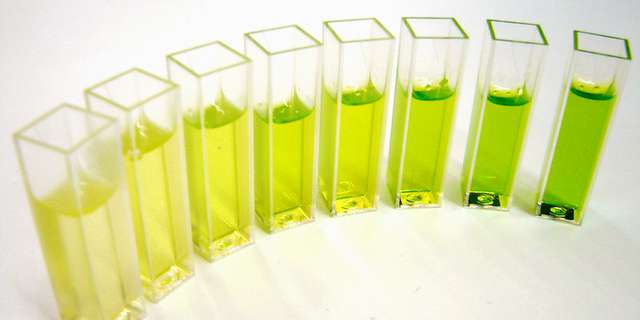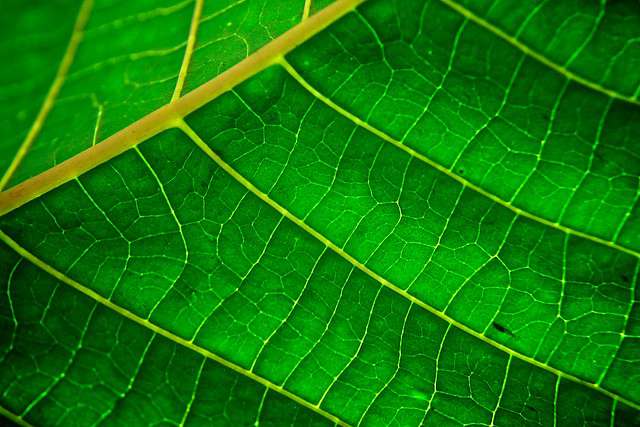
Chlorophyll pigments are measured according to the color saturation of the sample. A deeper green color indicates a higher level of these essential nutrients. Image Source: Flickr user Georgios Liakopoulos
Another New Year is underway and once again I have resolved to eat healthier. Green vegetables still take center stage when it comes to high levels of chlorophyll pigments, which boast many health benefits, and I continue to look for new ways to add these healthy nutrients to my diet. However, I can only eat so much raw spinach and kale before I feel my inner rabbit start to retreat. The good news is that chlorophyll pigments are now available in supplement form and can be easily quantified for potency and quality purposes using a simple spectrophotometric method of evaluation.
Chlorophyll pigments are found in a variety of green leafy vegetable and chlorophyll supplements are also beginning to take precedence as another way to increase the intake of these healthy antioxidants. Image Source: Flickr user Aaron Stidwell


